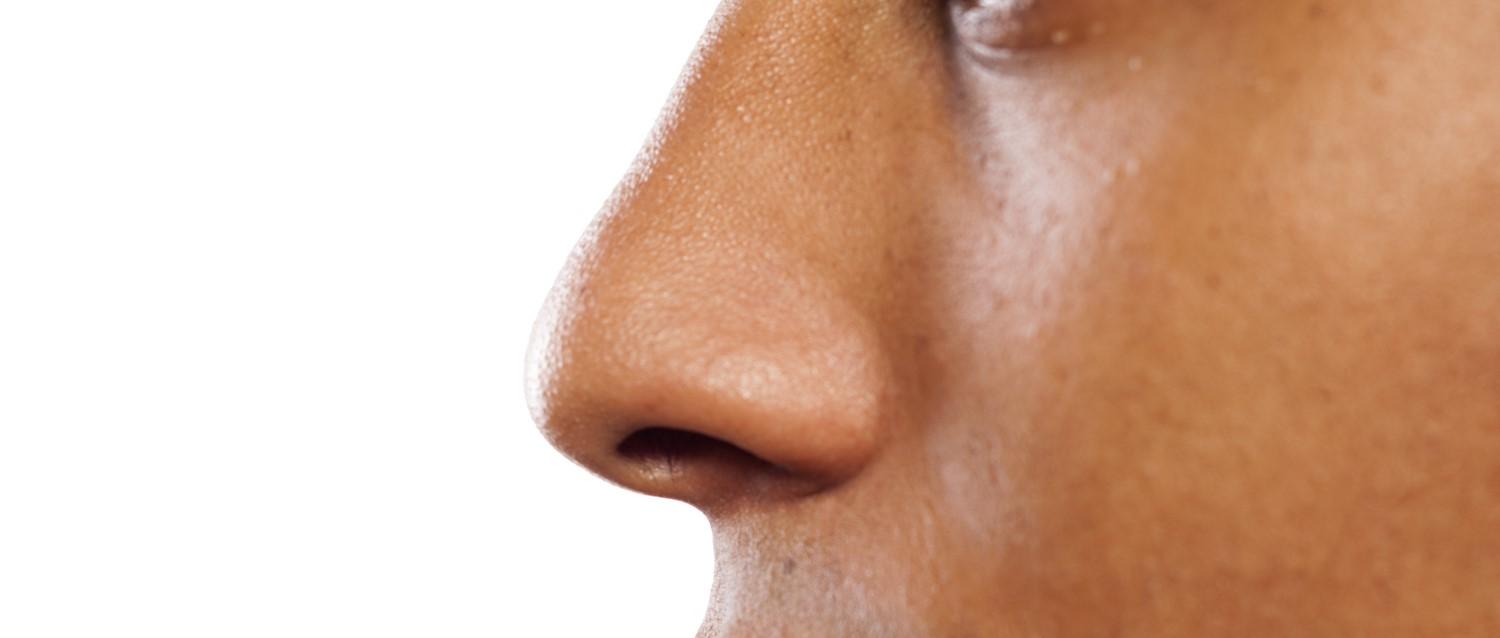
What does your snot say about your health?
Peer reviewed by Dr Sarah Jarvis MBE, FRCGPLast updated by Natalie HealeyLast updated 4 Feb 2019
- HerunterladenHerunterladen
- Teilen Sie
Teilen Sie
No one enjoys having a runny nose or the mountain of discarded tissues that result from the common cold. But could your snot tell you clues about your health? We ask a GP.
In diesem Artikel:
You'd hope that most of us adopt good hygiene practice whenever we're under the weather. Coughs and sneezes spread diseases, after all.
The Public Health England (PHE) long-running 'Catch it, Bin it, Kill it' campaign instructs us to carry disposable paper tissues, use them to catch sneezes and then bin them straightaway before washing our hands thoroughly to limit the spread of infection. But should we be sneaking a look at this, let's face it, quite unpleasant, body fluid before we throw the hanky in the trash? Mucus might not be the right topic for polite conversation, but it could potentially give you clues about your health.
"Mucus, phlegm and snot are all different names for the thick, jelly-like liquid that is made by the cells which line your nose, throat, sinuses, airways and gastrointestinal tract. You might be amazed to find out that your body can make up to 1-1.5 litres per day of the stuff!" reveals GP Dr Ciara Yeates, from the London Doctors Clinic.
What does your snot say about your health?
Lesen Sie unten weiter
A vital role
So far, so gross. But Yeates explains that mucus in your nose has two main jobs. Firstly, it provides a moist and protective coating for the delicate lining of your nose and respiratory tract. This stops it from drying out and cracking, but it also provides a sticky matrix to catch any particles like dust, irritants, viruses or bacteria.
Secondly, snot plays an important role in our immune response. It contains antibodies to help detect disease-causing viruses and bacteria. When these antibodies recognise a possible source of infection, they trigger a reaction to help you fight it off. That's why phlegm increases when you have a cold.
Patient picks for Nose

Ohren, Nase und Rachen
Verwendung von Nasentropfen
Die folgenden Hinweise gelten nur für Nasentropfen und nicht für Nasensprays, die anders verwendet werden. Fragen Sie Ihren Apotheker, wenn Sie Fragen haben.
von Dr. Mary Harding, MRCGP

Ohren, Nase und Rachen
Nasenpolypen
Nasenpolypen sind fleischige Schwellungen, die in der Nase oder den Nebenhöhlen wachsen. Sie sind in der Regel nicht bösartig (gutartig). Die häufigsten Symptome, die sie verursachen, sind eine verstopfte, laufende Nase. Steroid-Nasentropfen werden üblicherweise verwendet, um die Polypen zu verkleinern. Manchmal ist eine chirurgische Entfernung der Polypen erforderlich. Nasenpolypen kehren nach der Behandlung häufig zurück, daher können steroidhaltige Nasensprays täglich verwendet werden, um ein erneutes Auftreten zu verhindern.
von Dr. Toni Hazell, MRCGP
Colour code
So while snot itself may not be pretty, you wouldn't get very far without it. But when should we worry about excess or a strange colour of mucus? Should yellow or green never be seen?
Yeates explains that these colours are perfectly normal if your body is fighting off a cold. And contrary to popular belief, green mucus does not mean you've got a bacterial infection. So you usually don't need to ask your doctor for antibiotics.
Dr Cliodna McNulty, head of PHE's primary care unit, says: "It's a prevailing myth that anyone with green phlegm or snot needs a course of antibiotics to get better. Most of the infections that generate lots of phlegm and snot are viral illnesses and will get better on their own."
"If your snot is greenish-yellow this is often due to the presence of white blood cells in your mucus, which helps you fight off an infection. It is normally nothing to worry about and is a sign that your immune system is working hard," Yeates adds.
But why does this happen? Well, when our immune system detects the presence of an invader that could cause disease, it triggers a special type of white blood cell (called a neutrophil) to arrive in the area. These cells engulf the offending particle and then digest them. When you're fighting off a cold, your snot can look greenish-yellow because the white blood cells are breaking down.
Lesen Sie unten weiter
When to worry
"Generally, a cold will improve on its own in about seven to 10 days. You only need to see a doctor if it is not improving, you are having very dark, bloodstained or thick mucus, you have persistent fevers over 38°C, any breathing problems or if you are feeling unwell," says Yeates.
Very thick or dark mucus could suggest a more concerning infection, however. It's common in people with chronic lung disease, for instance. But dark phlegm is also more likely if you're a smoker or live somewhere with high pollution. If you've been coughing for three weeks or more, it's also important to get checked out.
Decongest
Having a cold is undeniably miserable, but take comfort in knowing your body is protecting you from pathogens. And, Yeates points out, there's plenty you can do to make yourself feel better, besides mainlining Kleenex.
"Get lots of rest, stay well hydrated and take decongestants which you can get over the counter. There is some weak evidence that dairy can increase mucus production. If you are very bunged up you could try cutting this out while you are unwell. You will be infectious to others, so make sure you are washing your hands after you blow your nose and using a clean tissue each time," she concludes.
Artikel Geschichte
Die Informationen auf dieser Seite wurden von qualifizierten Klinikern geprüft.
4 Feb 2019 | Latest version

Fragen, teilen, verbinden.
Stöbern Sie in Diskussionen, stellen Sie Fragen, und tauschen Sie Erfahrungen zu Hunderten von Gesundheitsthemen aus.

Fühlen Sie sich unwohl?
Beurteilen Sie Ihre Symptome online und kostenlos